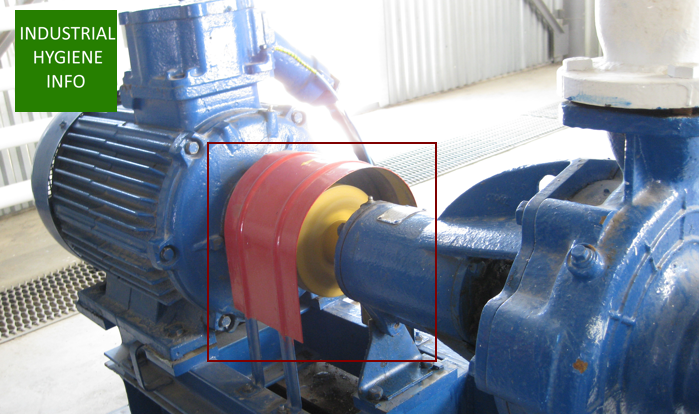Industrial Hygiene is that branch of science that deals with improving the health and safety of workers, by anticipating, identifying, evaluating and control of workplace hazards. We aim to control these hazards by a mix of different controls, including Engineering controls.
Types of Workplace hazards
We know that there are several kinds of workplace hazards such as
1. Physical Hazards.
4. Radiation Hazards
5. Ergonomic Hazards
6. Psychological Hazards
These hazards need to be controlled, so that they do not pose any risk to the health, safety and general well being of workers in the workplace. To achieve this, Industrial Hygiene suggests several controls of different types, which can control these hazards effectively. Let su now study them in some detail.
Industrial Hygiene-Hierarchy of Controls
Controlling hazards in the workplace is an important part of industrial hygiene practice, and there are several approaches that can be used to reduce or eliminate risk. The most common approach is known as the Hierarchy of Controls: a structured system for assessing and addressing potential risks and their associated sources.
This hierarchy focuses on engineering controls, administrative controls, work practice controls, and personal protective equipment (PPE).
– Industrial Hygiene Engineering Controls
Engineering controls include making changes to tools or processes to decrease risk; they may also involve installation of ventilation systems or other safety devices such as guardrails and safety harnesses.
– Industrial Hygiene Administrative Controls
Administrative controls include changing the work practices so that the worker is exposed less to hazards, such as locating the worker away from the hazard, or changing duty times, or requiring a permit before certain activities are carried out or simply asking them to stay away in a marked designated area and so on.
– Personal Protective Equipment
This involves wearing appropriate PPE, so that even if the Engineering controls and Administrative controls either fail or cannot work, the last option is to use personal protective equipment.
Understanding the various types of industrial hygiene controls is essential for protecting yourself and your employees. In this guide we will focus on Engineering Controls.
Industrial Hygiene Engineering Controls
Engineering Controls are the most effective way of reducing employee exposure to hazardous materials in the workplace. They create a physical barrier between employees and potential hazards, as well as isolate them from any areas where airborne contaminants may be present. Examples of engineering controls include machine guards, ventilation systems, and containment enclosures around hazardous processes or products.
By implementing engineering controls, employers can significantly decrease the risk of injury or illness caused by industrial hygiene hazards. A simple example of an engineering control is shown below where the physical hazard posed by the moving part of the pump that is exposed, is covered with a guard so that a worker who may accidentally come in contact with it will not get injured.
Of course there are many more complex examples of Industrial Hygiene engineering controls that you will learn an Industrial Hygiene training course, but this is one of the simplest ones to understand the concept.

OSHA Standards
The Occupational Safety and Health Administration (OSHA) sets standards for workplace safety that must be met when using engineering controls, in order to protect workers from harm. For example, OSHA requires machine guards on all potentially dangerous machinery that could cause cuts or lacerations while it is operating.(See picture above).
Additionally, employers must ensure proper ventilation systems are installed in work areas where chemicals are used to reduce air contamination levels to safe thresholds as required by OSHA guidelines.
Finally, employers need to provide some type of containment enclosure around processes involving hazardous material, such as welding fumes or dust produced through various manufacturing operations, like grinding and sanding operations. This ensures not only protection for workers but also keeps airborne particles contained so they do not spread into other parts of the facility or beyond its boundaries causing environmental damage.
Employers should carefully consider these requirements when designing their engineering control plan so their employees have an adequate level of protection against harmful exposures at work.